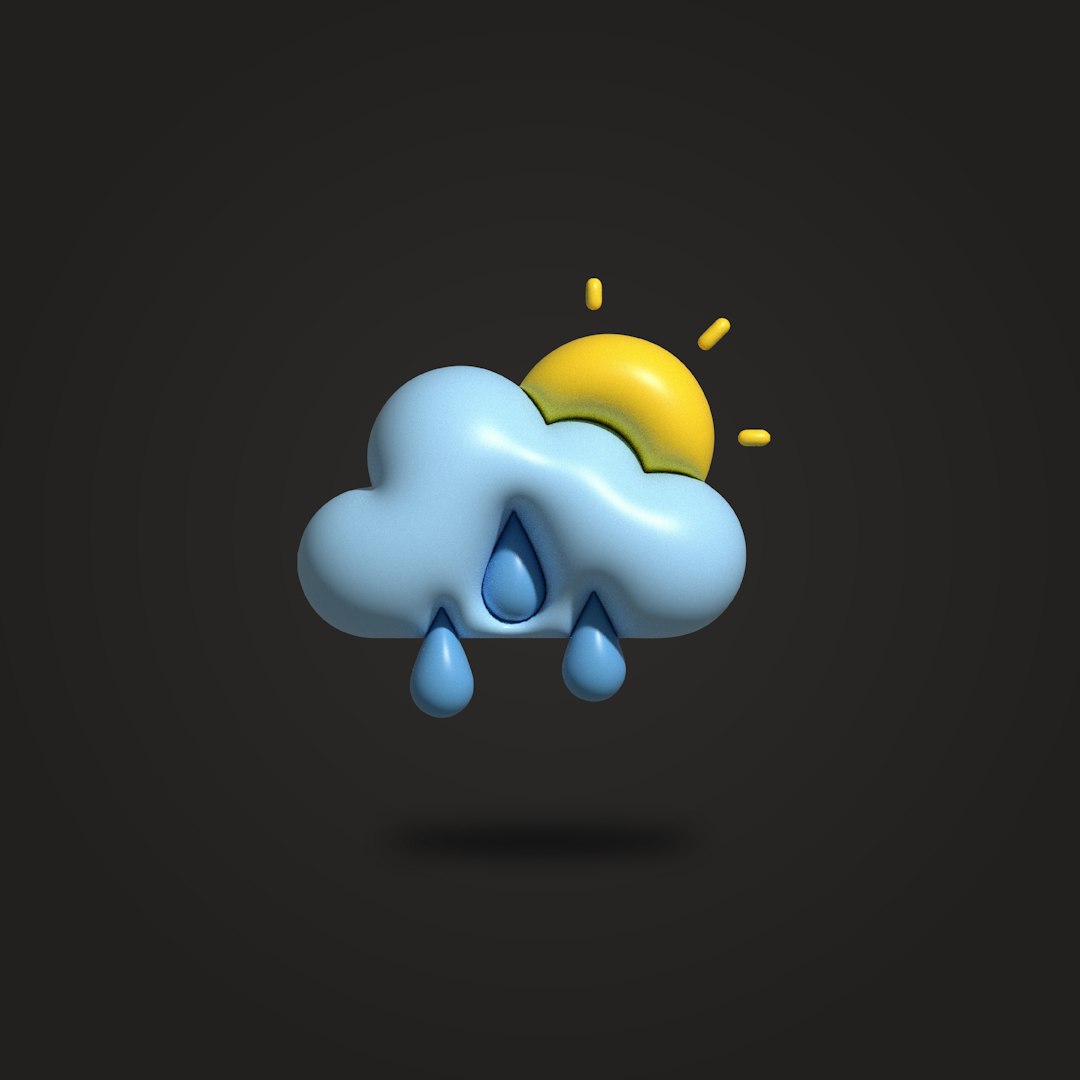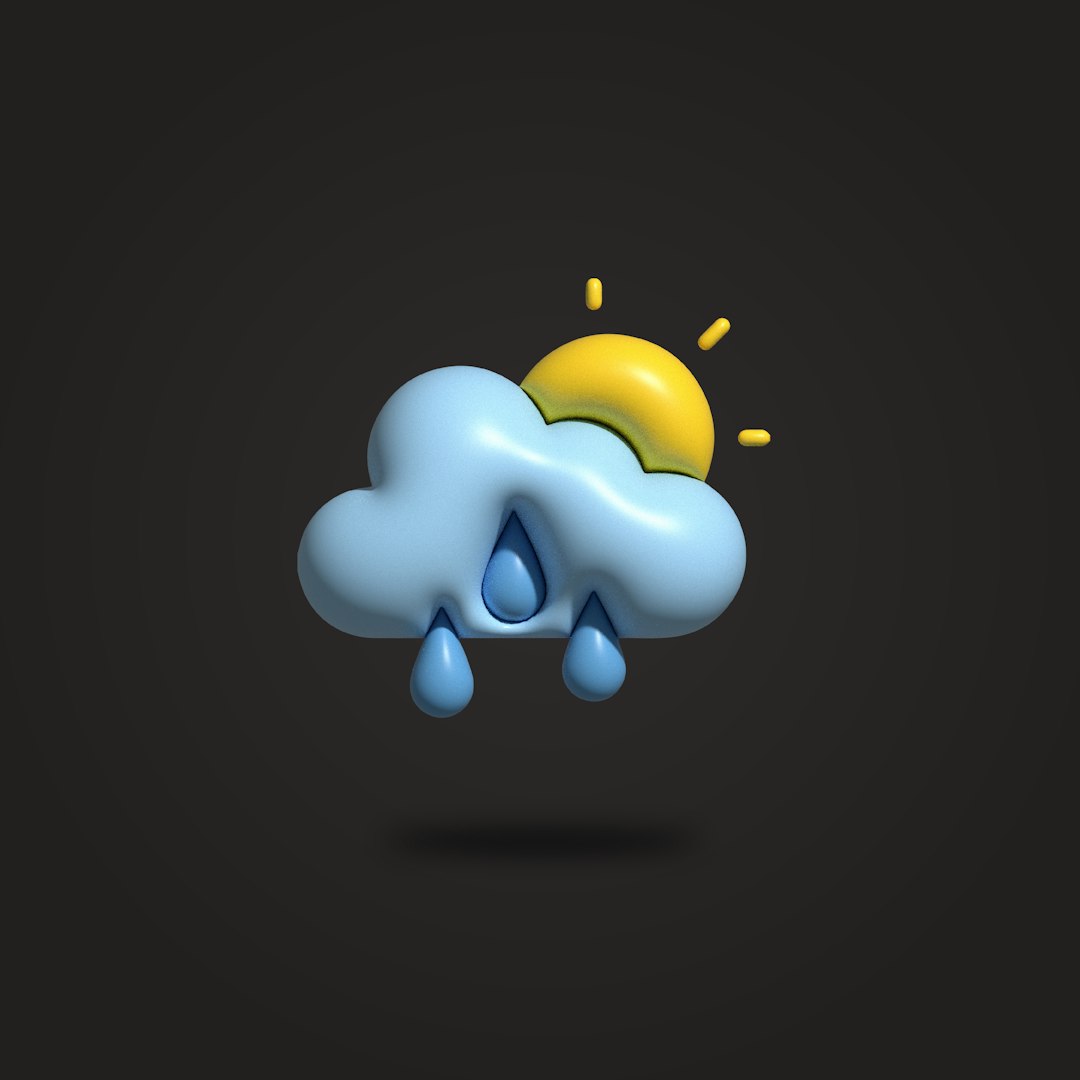If you’ve encountered the Cloudflare Error 1015, you’re likely feeling frustrated and uncertain about what’s happening. This error, typically accompanied by the message “You are being rate limited,” signals that you’ve sent too many requests to a website protected by Cloudflare in a short amount of time. Fortunately, resolving Cloudflare Error 1015 quickly and effectively is possible if you understand the causes and take immediate action.
What Is Cloudflare Error 1015?
Cloudflare is a popular content delivery network (CDN) that offers security and performance optimization features for websites. One of its core functionalities includes protecting websites from abusive behaviors such as excessive automated traffic, sometimes generated by bots or scripts.
Error 1015 specifically arises when a user exceeds the website’s configured rate limits. This is a feature provided by Cloudflare to help websites mitigate DDoS attacks and reduce server load by blocking or delaying excessive web requests from a particular IP address.

Common Causes of Cloudflare Error 1015
Understanding why this error appears is key to resolving it.
- Automated Tools or Bots: Using aggressive web scraping tools can trip Cloudflare’s protections.
- Browser Refreshing: Continuously refreshing a web page can be interpreted as suspicious behavior.
- Malformed API Requests: Repeated incorrect calls to site APIs may also trigger a rate limit.
- Login Attempt Surges: Trying to log in repeatedly within a short time might look like a brute force attack.
Quick Solutions for Users
If you’re a visitor and see Error 1015, here are several steps you can try to return to browsing normally:
- Wait for the Limit to Reset: Cloudflare’s rate limits are usually temporary. Waiting 10-15 minutes before refreshing the page may resolve the issue.
- Switch Network or IP Address: If you’re on a dynamic IP, consider disconnecting and reconnecting to receive a new IP address.
- Disable Extensions or Proxies: Browser add-ons such as VPNs or proxy tools may influence traffic suspiciously. Try disabling them.
- Use a Different Browser or Device: This avoids cached requests or lingering session problems related to your original browser.

Steps for Website Owners
If you’re the administrator of a website running behind Cloudflare and your users are experiencing Error 1015, consider the following actions:
- Review Your Cloudflare Rate Limiting Settings: Log into your Cloudflare dashboard and navigate to the “Security” section. Here, you can view and adjust rate limiter rules to be less aggressive if needed.
- Check IP Reputation: Use Cloudflare’s analytics tools to identify if a legitimate user has been mistakenly blocked due to similar IP behavior to known malicious traffic.
- Whitelist Trusted IPs: For trusted applications or known traffic sources, consider whitelisting specific IP addresses.
- Create More Specific Rules: Instead of broad protections across the entire site, apply rate limits on sensitive endpoints like login or API paths.
Preventing Future Occurrences
To maintain a seamless user experience while still benefiting from Cloudflare’s protection, consider these long-term measures:
- Educate Your Users: If your site sees regular traffic from bot-like clients, add documentation about respectful API usage.
- Optimize Requests: Ensure that both automated and manual tools query responsibly. For instance, include delays and efficient caching where possible.
- Use CAPTCHA or JavaScript Challenges: Cloudflare offers additional verifications that can help balance security without blocking legitimate users.
Final Thoughts
Cloudflare Error 1015, while disruptive, is fundamentally a mechanism to safeguard websites and their infrastructure. If addressed correctly, it can be resolved swiftly without significant impact on users or services. Whether you’re a casual visitor or a site administrator, the key lies in responsive, informed action. Proper rate limiting ensures balanced security and accessibility, preserving the performance integrity of your web application.
